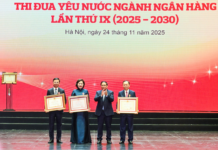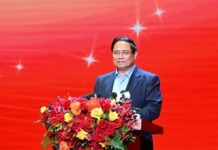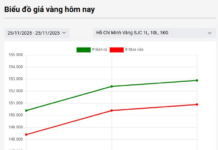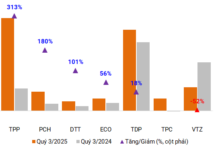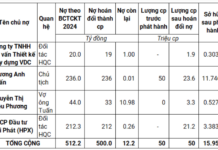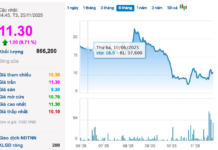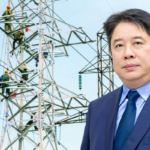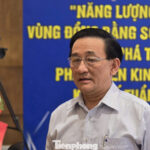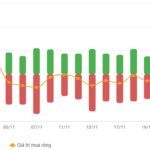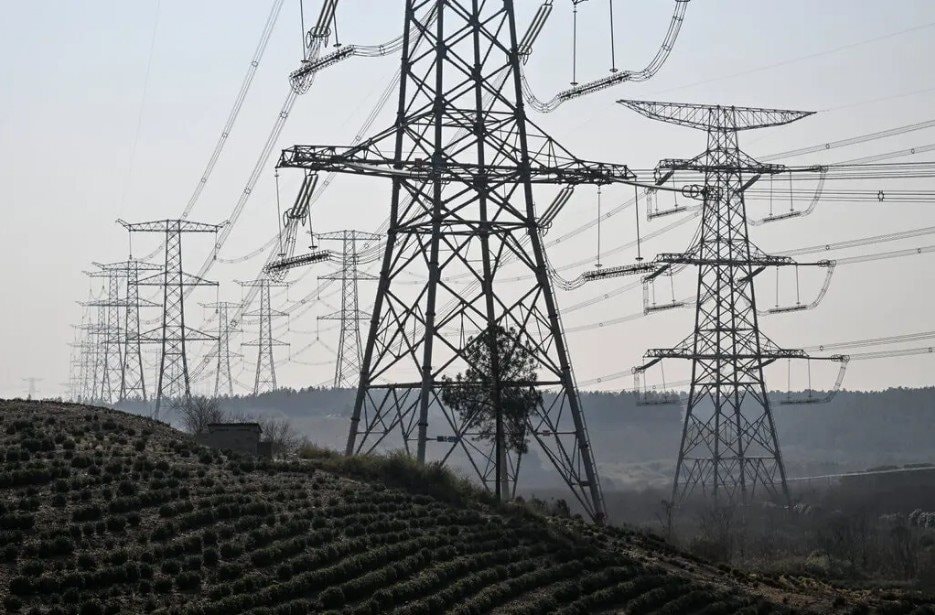
From the arid Gobi Desert to the bustling plains near Shanghai, towering power lines are reshaping China’s economic landscape. While the world grapples with renewable energy transmission, Beijing has quietly erected a vast ultra-high-voltage (UHV) grid, spanning tens of thousands of kilometers. This network connects remote wind, solar, and hydropower sources in the West to bustling Eastern cities.
This isn’t merely a technical feat; it’s a strategic cornerstone for China’s energy dominance and green industrial ambitions. With over 30 million new energy vehicles (electric and hybrid) and a 50,000-kilometer high-speed rail network, China’s energy demands are unprecedented. Du Zhongming, Director of China’s National Energy Administration (NEAC), notes that China now consumes double the electricity of the U.S.
A Gigantic Machine
Over 90% of China’s population resides in the East, where land is scarce, sunlight limited, and rivers sluggish. In contrast, clean energy sources thrive in the West and North: vast solar farms in Xinjiang and wind turbines across Inner Mongolia. This disparity necessitates transporting power over thousands of kilometers, a task beyond conventional grids.
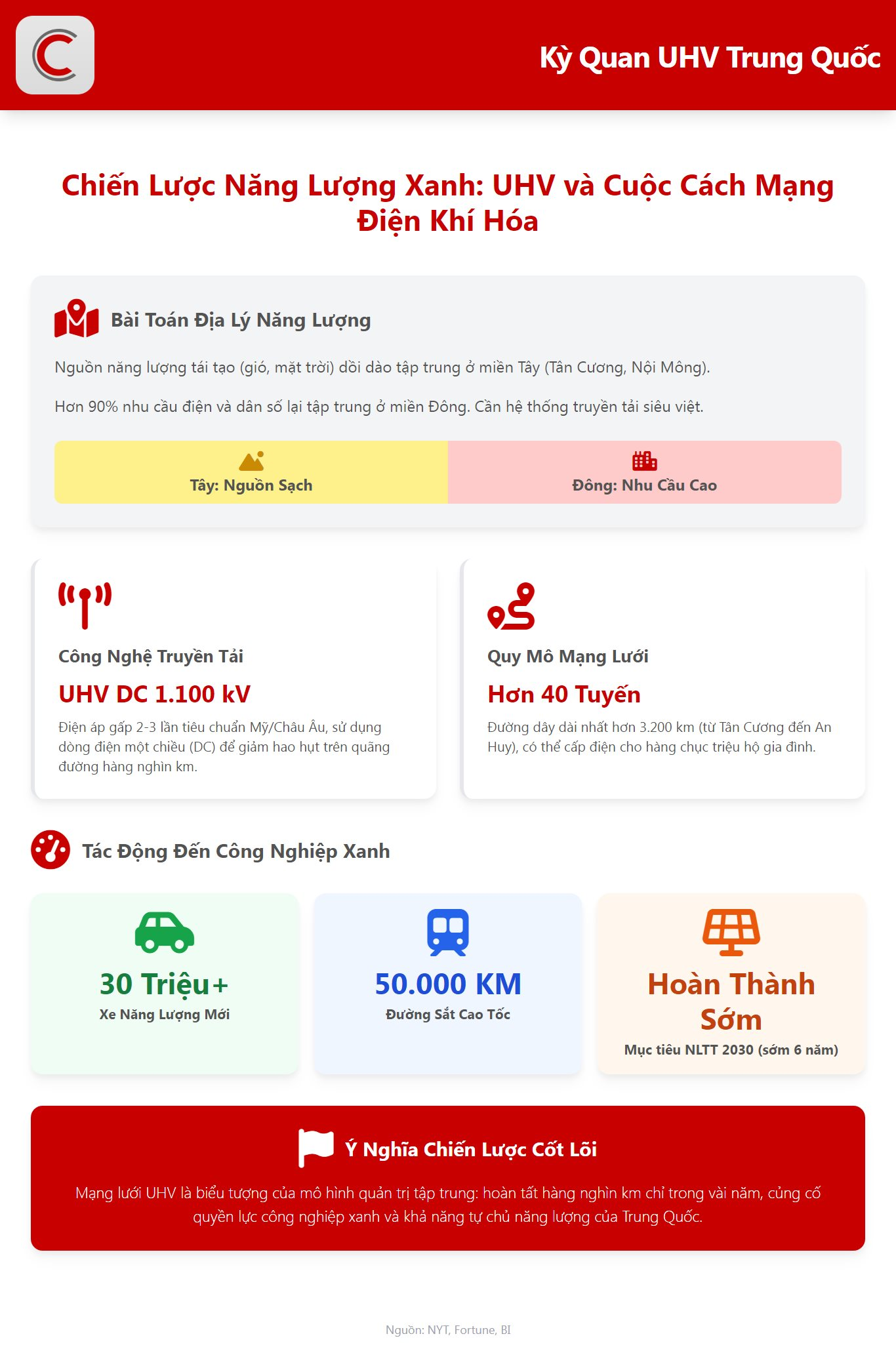
Since 2009, China has bet on UHV technology, with voltages up to 1,100 kilovolts—double or triple those in the U.S. or Europe. A 3,200-kilometer line from Xinjiang’s Gurbantünggüt Desert to Anhui Province powers millions of homes. China now operates over 40 such lines, making it the only nation with a complete UHV network.
By late 2024, China had 19 lines at 800 kilovolts and 22 at 1,000 kilovolts. The largest, Guquan, operates at 1,100 kilovolts, powering 7 million U.S. households or 40-50 million Chinese ones. In contrast, the U.S. has few 765-kilovolt lines, with total lengths matching just one Chinese line.
Two factors drive UHV growth. First, over a quarter of China’s electricity comes from renewables, a level few nations match. Wind and solar capacity tripled six years ahead of the 2030 target, initially causing surplus energy due to outdated grids.
Second, the shift to electric vehicles, high-speed rail, and automation has skyrocketed demand. Over half of new car sales in China are electric, and the 50,000-kilometer rail network consumes vast electricity.
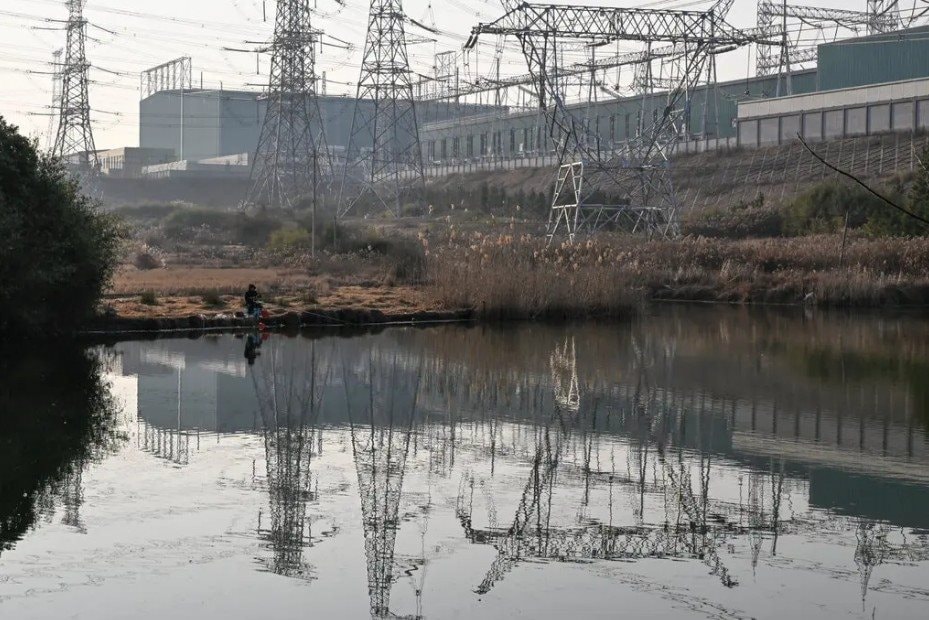
UHV lines act as the economy’s “main arteries,” using direct current (DC) to minimize transmission losses. This reduces reliance on coastal coal plants and provides stable, clean power to Eastern industrial hubs producing EVs, robots, and semiconductors.
Power Politics
The New York Times notes that UHV isn’t just technology but a symbol of China’s centralized governance. While U.S. projects take decades for approval, China completes thousands of kilometers in years. Citizens largely accept these projects as “national initiatives.”
This model has advanced China’s electrification strategy, reducing coal dependence and cutting emissions. Pollution has dropped 41% since 2014, adding nearly two years to average life expectancy, per the University of Chicago.
However, risks exist. The centralized UHV system is vulnerable to earthquakes, floods, or cyberattacks, which could disrupt power for millions. Transmitting power through challenging terrains like the Yellow River Valley increases maintenance risks.
Despite challenges, China aims to triple UHV lines by 2050, creating an “energy backbone” and exporting the technology globally. While Western nations debate grid expansion, China’s UHV network underscores the importance of political vision in the energy transition.
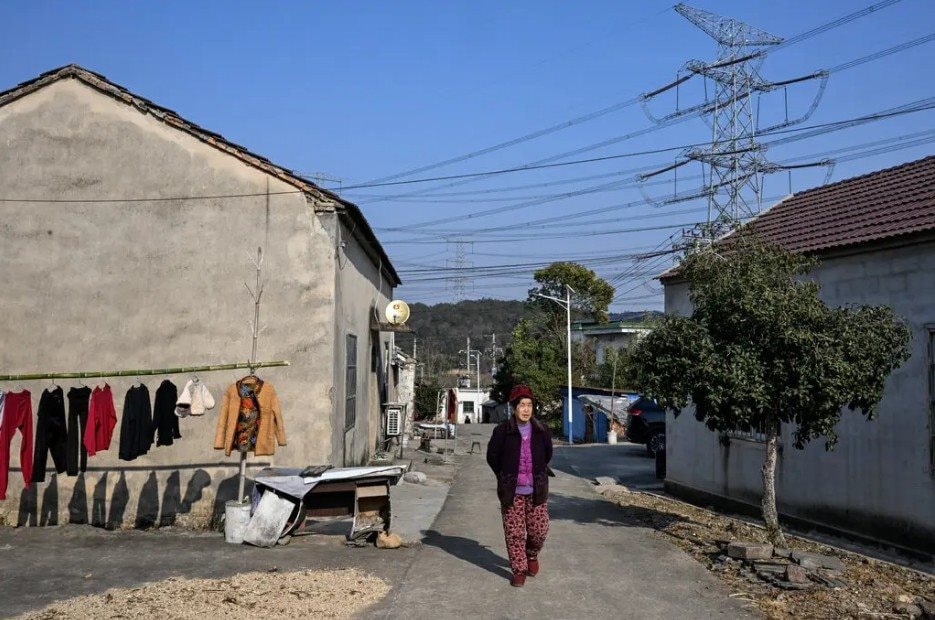
China’s UHV story is a reminder that in the energy transition, political will and speed can be as crucial as solar panels or wind turbines.
Sources: NYT, Fortune, BI
$1 Billion EVN Hydropower Project Gets €430 Million Boost from Europe
Vietnam’s Bac Ai Pumped Storage Hydropower Project has officially secured a €430 million funding commitment from European partners. This substantial support will significantly enhance the project’s role in stabilizing the national power grid, aligning with the Just Energy Transition Partnership (JETP) commitments.
EVN CEO Outlines Ambitious Goal: Aiming for Top 3 in ASEAN and Global Top 500 Corporations
EVN’s CEO, Nguyễn Anh Tuấn, emphasizes the company’s commitment to continuous innovation and modernization in management, technology mastery, and digital transformation. These efforts aim to enhance service quality and ensure sustainable development.
What’s Holding Back the Wind Energy Capital?
The Mekong Delta, renowned as Vietnam’s wind energy powerhouse, boasts immense potential for wind power development. However, despite its advantages, the region faces significant challenges in harnessing this renewable resource. Key obstacles include institutional barriers, inadequate power transmission infrastructure, and cumbersome investor selection processes. These hurdles are currently impeding provincial efforts to attract investment in wind energy projects.






